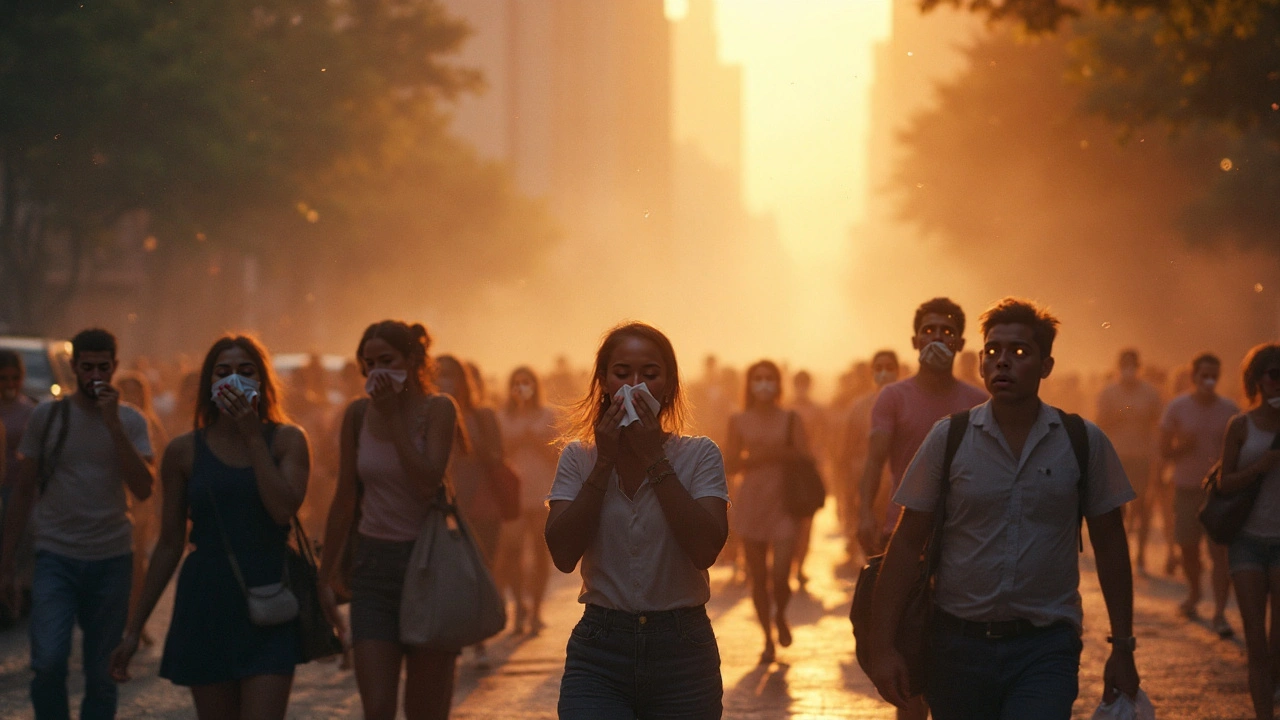Blocked Nose – What Causes It and How to Clear It Fast
Ever wake up feeling like you’re breathing through a straw? A blocked nose can ruin a day, but it’s usually not a mystery. Knowing the why and the how can get you breathing easy again in minutes.
Common Reasons Your Nose Gets Stuffy
Allergies top the list. Pollen, pet dander, dust mites – they all fire up histamine, which swells the lining inside your nostrils. The result? A tight, uncomfortable feeling.
Colds and flu bring viral inflammation. The virus makes the blood vessels in your nose expand, flooding the area with fluid. That extra fluid mixes with mucus and you end up with a blocked feeling.
Dry air, especially in winter, dries out the nasal passages. When the lining is dry, it produces more mucus to protect itself, which can thicken and block the airway.
Structural issues like a deviated septum or enlarged turbinates create a permanent narrowing. Even if you’re otherwise healthy, the anatomy can make you more prone to congestion.
Lastly, irritants like smoke, strong scents, or spicy food can cause a quick, temporary blockage as the nose tries to protect itself.
Fast Ways to Unblock Your Nose
Steam is a classic. Fill a bowl with hot water, lean over it, and cover your head with a towel. The warm vapor loosens mucus and opens the passages within a few minutes.
Saline spray or a neti pot rinses out excess mucus and allergens. Use a squeeze bottle with a gentle spray or a half‑filled neti pot with lukewarm saline – it’s safe and effective.
Over‑the‑counter decongestant sprays (like oxymetazoline) work fast, but limit use to 3 days to avoid rebound congestion.
Stay hydrated. Water, herbal tea, or broth thins the mucus so it moves out more easily. Even a warm cup of ginger tea can soothe irritated tissue.
Elevate your head while you sleep. Prop up a pillow or use a wedge to reduce blood flow to the nasal lining, which cuts down swelling overnight.
If allergies are the culprit, an antihistamine can stop the histamine reaction before it builds up. Non‑drowsy options let you stay alert during the day.
When home tricks don’t work after a week, or if you have fever, facial pain, or green‑yellow discharge, it’s time to see a doctor. You might need prescription meds or a check for a sinus infection.
In short, a blocked nose is usually a temporary nuisance. Identify the trigger, try a few quick fixes, and you’ll be back to clear breathing in no time.
How Climate Change Fuels Blocked Noses and Watery Eyes
Explore how rising temperatures, CO₂, and pollution boost pollen and irritants, driving a surge in nasal congestion and red, watery eyes worldwide.
